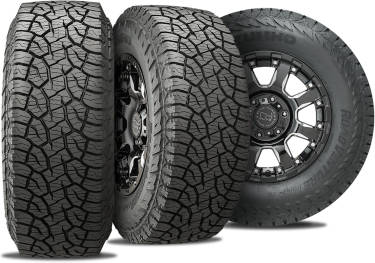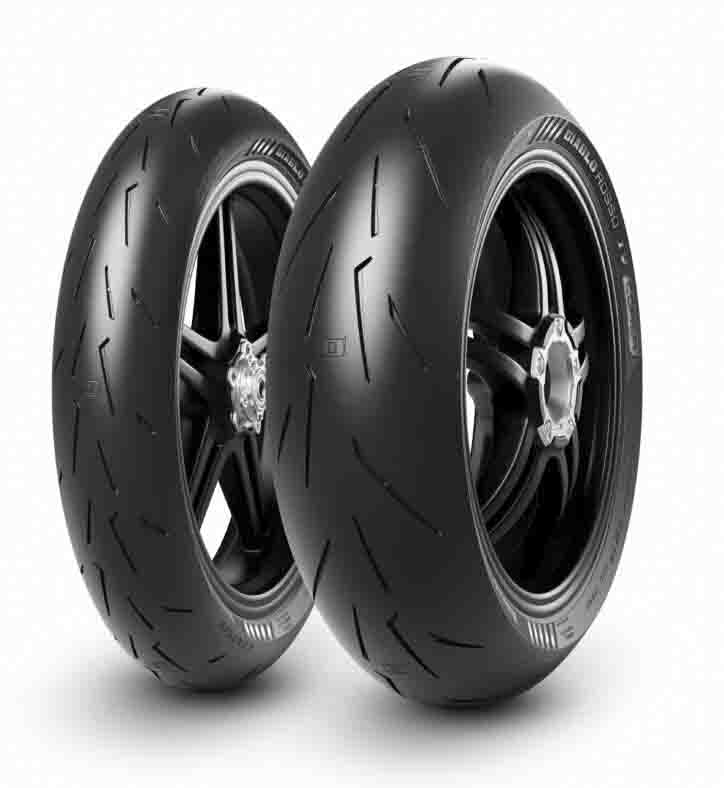All Categories
Featured
Table of Contents
The Michelin provided a comfy driving experience, characterised by receptive guiding and a progressive understeer balance. In spite of the cooler testing conditions, Michelin's regular time and grasp over 3 laps shows its suitability for real-world applications.
One more notable element was Yokohama's workout time. The tyre's initial lap was a second slower than the second, indicating a temperature-related hold rise. This suggests the Yokohama could beam in dry, race-like problems. Nonetheless, for day-to-day use, the Michelin may be a more secure wager. Successor was the Hankook.
Top Discount Tyres
It shared Michelin's risk-free understeer balance yet did not have the latter's desire to turn. Continental and Goodyear's efficiencies were noteworthy, with Continental's brand-new PremiumContact 7 showing a considerable renovation in wet conditions contrasted to its predecessor, the PC6. This design was much much less conscious pack changes and behaved just like the Michelin, albeit with a little less interaction at the limitation.
It incorporated the secure understeer equilibrium of the Michelin and Continental with some flashy handling, confirming both predictable and fast. As an all-rounder for this Golf GTI, Goodyear's Asymmetric range was the standout, demonstrating outstanding performance in the damp. The Bridgestone Potenza Sporting activity took the crown as the fastest tire, albeit by a little margin.
Chauffeurs seeking an amazing damp drive may locate this tyre worth thinking about. The standout performer in wet braking was the most recent tire on test, the PremiumContact 7, though the outcomes are nuanced.
Affordable Tyre Rotation Services Near Me
Ideally, we desired the cool temperature level test to be at around 5-7C, yet logistical delays indicated we evaluated with an ordinary air temperature level of 8C and water at 12C. While this was cooler than conventional examination problems, it was still warmer than real-world conditions. The warm temperature test was done at approximately 18C air and 19C water.
The 3rd run included wet braking examinations on worn tires, especially those machined to 2mm with a little altercation. While we planned to do even more with these worn tires, weather condition restrictions limited our screening. It's worth keeping in mind that wet stopping is most essential at the used state, as tires normally enhance in dry problems as they put on.

It shared the most substantial performance decline, along with the Yokohama, when worn. Bridgestone, Goodyear, and Michelin saw the least efficiency reduction when put on. Nevertheless, Bridgestone and Goodyear's performance dipped in cooler problems. The Hankook tyre registered the tiniest performance decrease as temperature levels cooled down, however it was among the most impacted when put on.
Honest Tyre Tuning Near Me
The take-home message here is that no single tire stood out in all facets of damp stopping, showing a complicated interplay of elements influencing tyre performance under various conditions. There was a standout tire in aquaplaning, the Continental completed top in both straight and rounded aquaplaning, with the Michelin and Goodyear additionally extremely good in deeper water.

Yokohama could profit from a little even more hold, an issue potentially influenced by the colder problems. When it comes to handling, all tires performed within a 2% variety on the lap, showing their premium efficiency (Long-lasting tyres). Considering these tires essentially target the same consumer, it's intriguing to observe the substantial differences in feeling.
The shock is because the PremiumContact 6 was among my favourites for flashy dry drives, yet its follower, the PremiumContact 7, appears elder and looks like Michelin's efficiency. Among these, Hankook was the least exact in guiding and communication at the limitation. Wheel balancing services. Both Michelin and Continental used beautiful preliminary steering, albeit not the fastest
If I were to recommend a tyre for a quick lap to a newbie, claim my papa, it would certainly be among these. Then we have the 'fun' tyres, specifically Yokohama and Bridgestone. Both were speedy to steer and really felt sportier than the others, but the compromise is a more spirited back side, making them extra difficult to deal with.
Trusted Tyre Offers (Noranda)
It offered comparable guiding to Bridgestone yet used far better comments at the limitation and far better grasp. The Bridgestone Potenza Sport, nevertheless, seemed to degrade rather quickly after just 3 laps on this demanding circuit. Finally, there's Goodyear, which positioned itself somewhere between the fun tires and those often tending in the direction of understeer.
All in all, these tires are superb entertainers. In terms of tire wear, the approach made use of in this examination is what the market refers to as the 'gold requirement' of wear.
Both the Bridgestone and Yokohama tires significantly underperformed in contrast to the various other 4 tires in terms of rolling resistance, with Continental somewhat outmatching the remainder. Concerning the comfort level of the tyres, as expected, most demonstrated an inverted connection with handling. The Continental, Michelin, and Goodyear tires done best across different surface area types evaluated.

Bridgestone started to reveal indications of firmness, while Yokohama was specifically rough over fractures. We did gauge internal sound levels; however, as is typically the case, the outcomes were carefully matched, and due to weather restrictions, we were incapable to perform a subjective assessment of the tyres noise. We looked at abrasion numbers, which determine the amount of tire tread shed per kilometre, normalised to a one-tonne vehicle.
Top Tyre Checks Near Me ( Bayswater 6062 WA)
This number stands for the amount of rubber dirt your tyres create while driving. Michelin led in this classification, producing over 9% less rubber particulate matter.
Latest Posts
Top Wheel Alignment Services (Noranda WA)
Best Vehicle Alignment Near Me
Tyre Tuning Near Me – [:uarea] [:postcode] [:state]